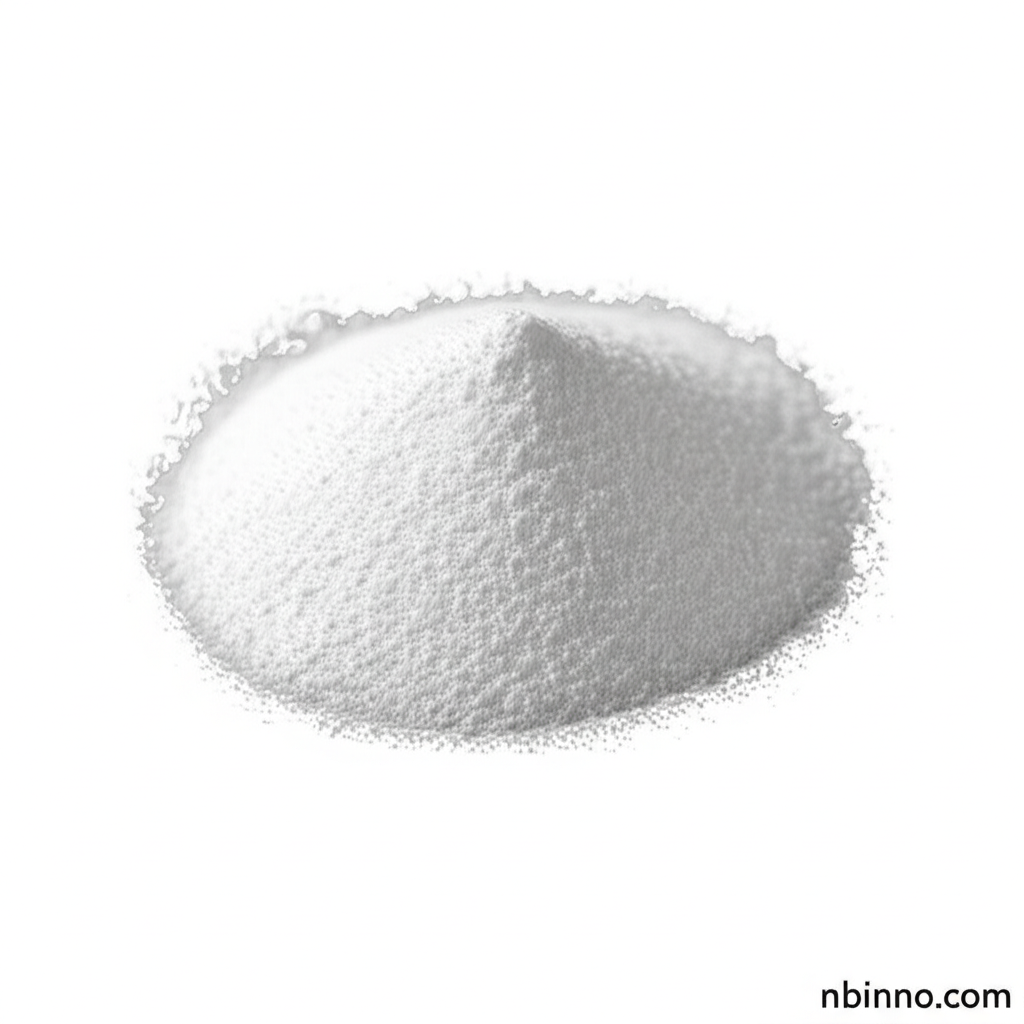Unlock Next-Generation Displays with Tetrakis(2-phenylbenzothiazole-C2,N')(µ-dichloro)diiridium(III)
Advance your OLED and OPV technologies with this high-purity organometallic precursor.
Get a Quote & SampleProduct Core Value

Tetrakis(2-phenylbenzothiazole-C2,N')(µ-dichloro)diiridium(III)
This advanced organometallic compound serves as a critical precursor for sophisticated iridium complexes used in Organic Light-Emitting Diodes (OLEDs) and Organic Photovoltaics (OPVs). Its high purity ensures optimal performance and reliability in cutting-edge electronic applications.
- Explore the use of high purity organometallic compounds in your next-generation electronic device development.
- Investigate the potential of this iridium complex for OLED materials, enabling brighter and more efficient displays.
- Utilize this compound as a key precursor in the synthesis of luminescent compounds for advanced optoelectronic applications.
- Discover the advantages of using tetrakis(2-phenylbenzothiazole-c2,n')(µ-dichloro)diiridium(iii) cas 2092998-64-4 in photocatalysis research.
Benefits You'll Experience
Enhanced Device Performance
Leverage the high purity of this material to achieve superior performance metrics in your OLED and OPV devices, driving innovation in organic electronics.
Versatile Applications
Benefit from its dual role as a crucial precursor for iridium complexes and a potential catalyst for photocatalysis, broadening your research and development capabilities.
Reliable Synthesis
Ensure consistency and quality in your synthesis processes with a well-characterized compound, supporting efficient manufacturing of advanced electronic components.
Key Applications
OLED Manufacturing
This compound is a vital component in the synthesis of emissive layers for OLED displays, contributing to vibrant colors and energy efficiency in the field of organic electronics.
Organic Photovoltaics (OPV)
As an OPV material precursor, it aids in the development of next-generation solar cells, pushing the boundaries of renewable energy technology.
Photocatalysis
Its potential as a catalyst opens doors for novel applications in chemical reactions and environmental solutions, utilizing advances in organic chemistry.
Research & Development
Researchers in materials science and organic chemistry rely on this high-purity material for synthesizing novel luminescent compounds and exploring new frontiers in electronic materials.
